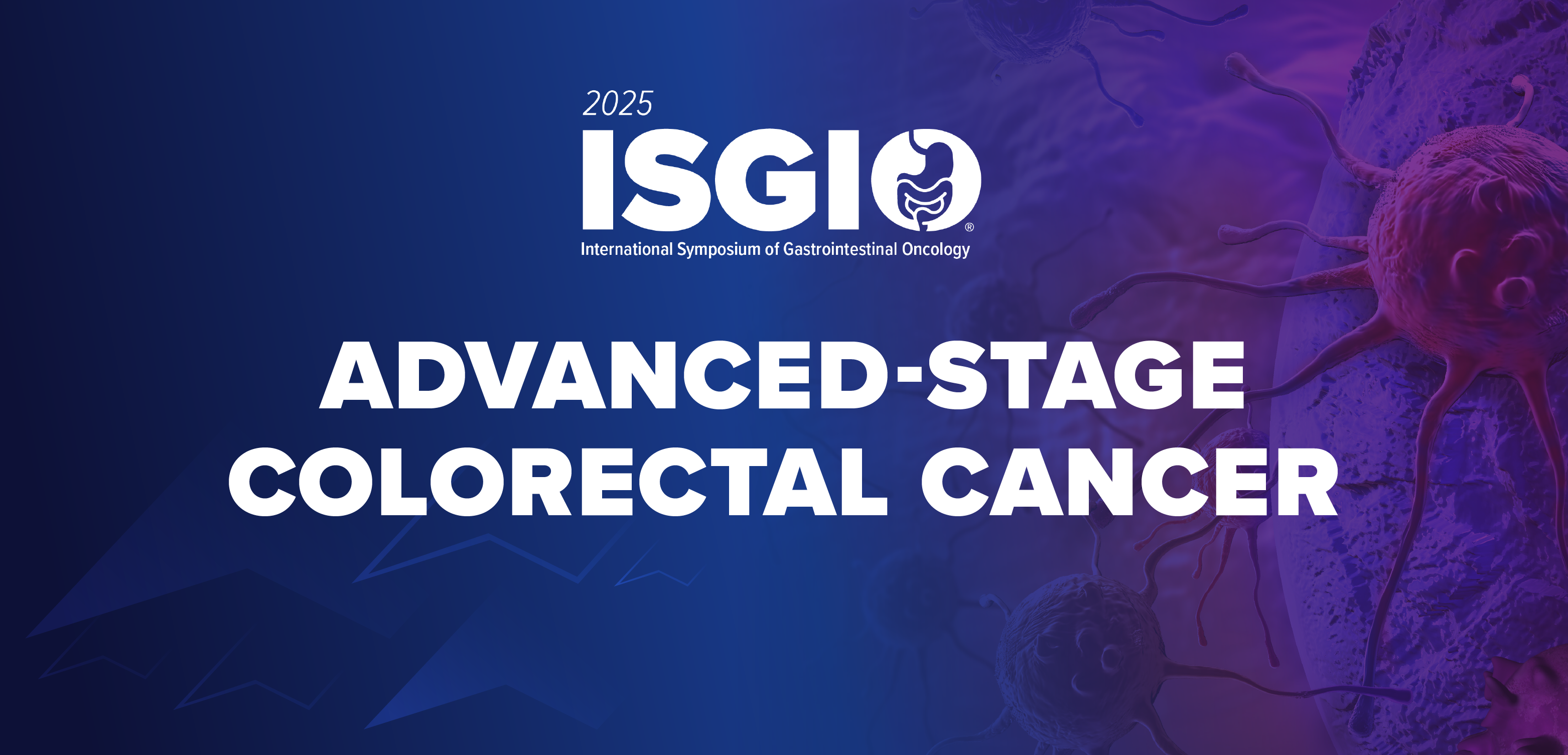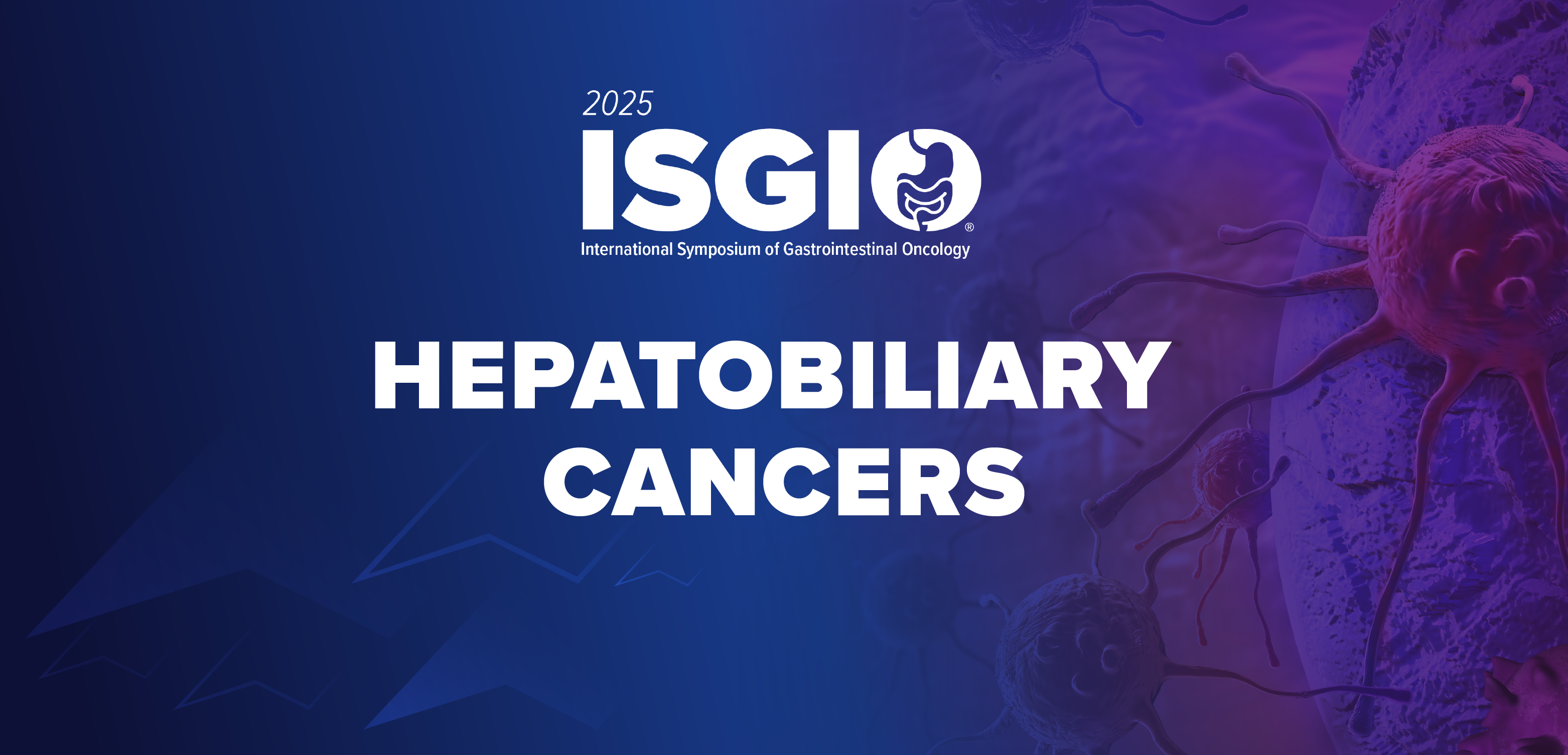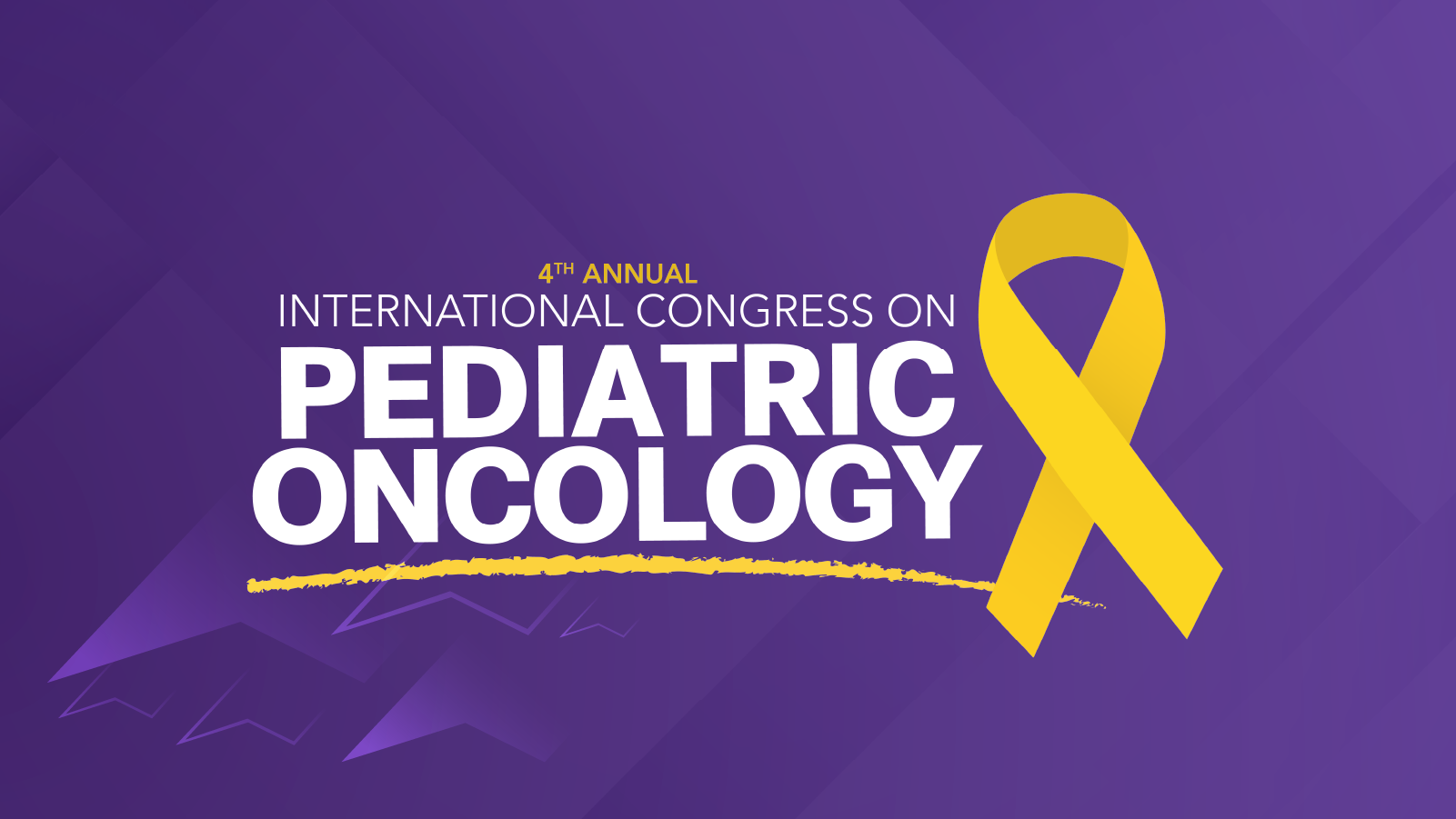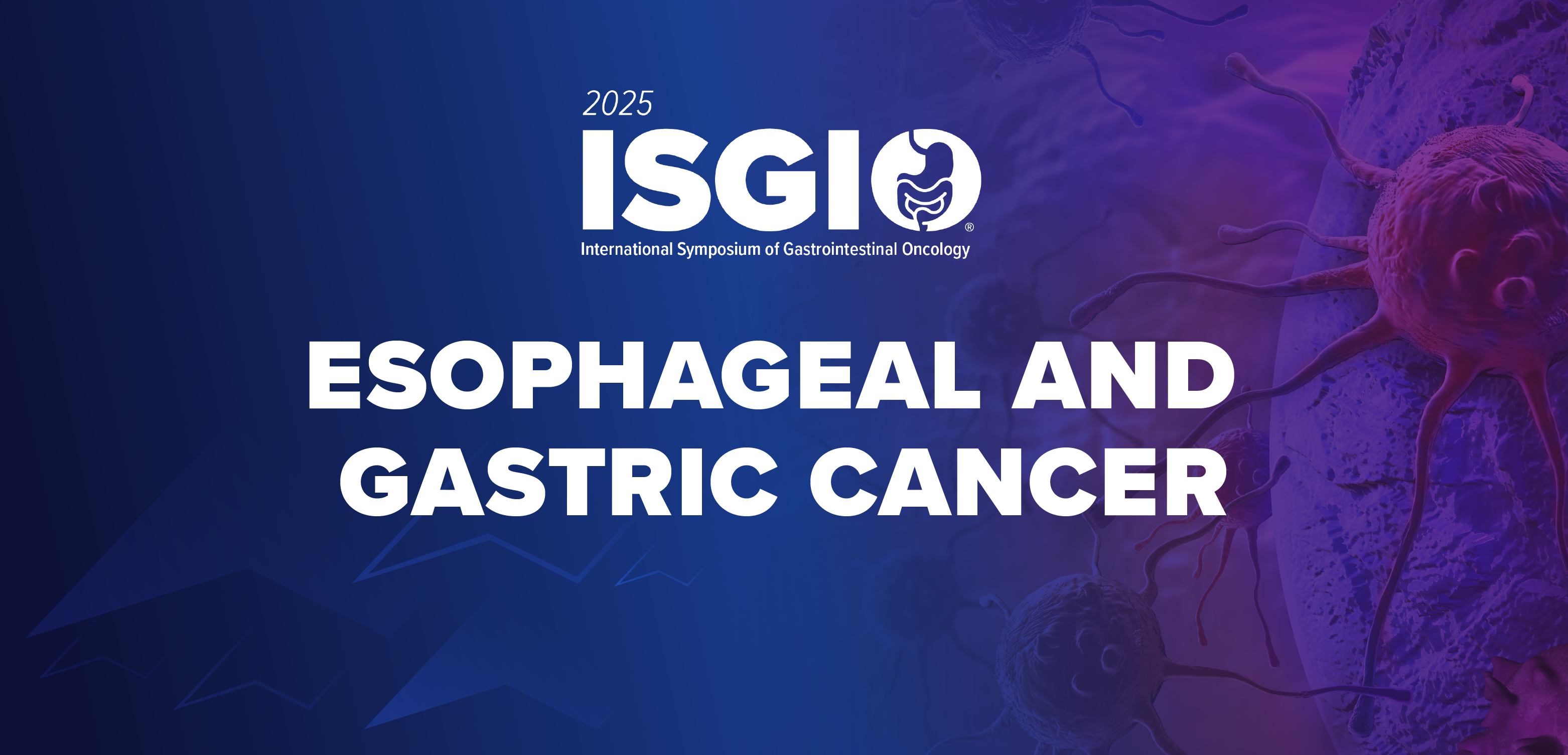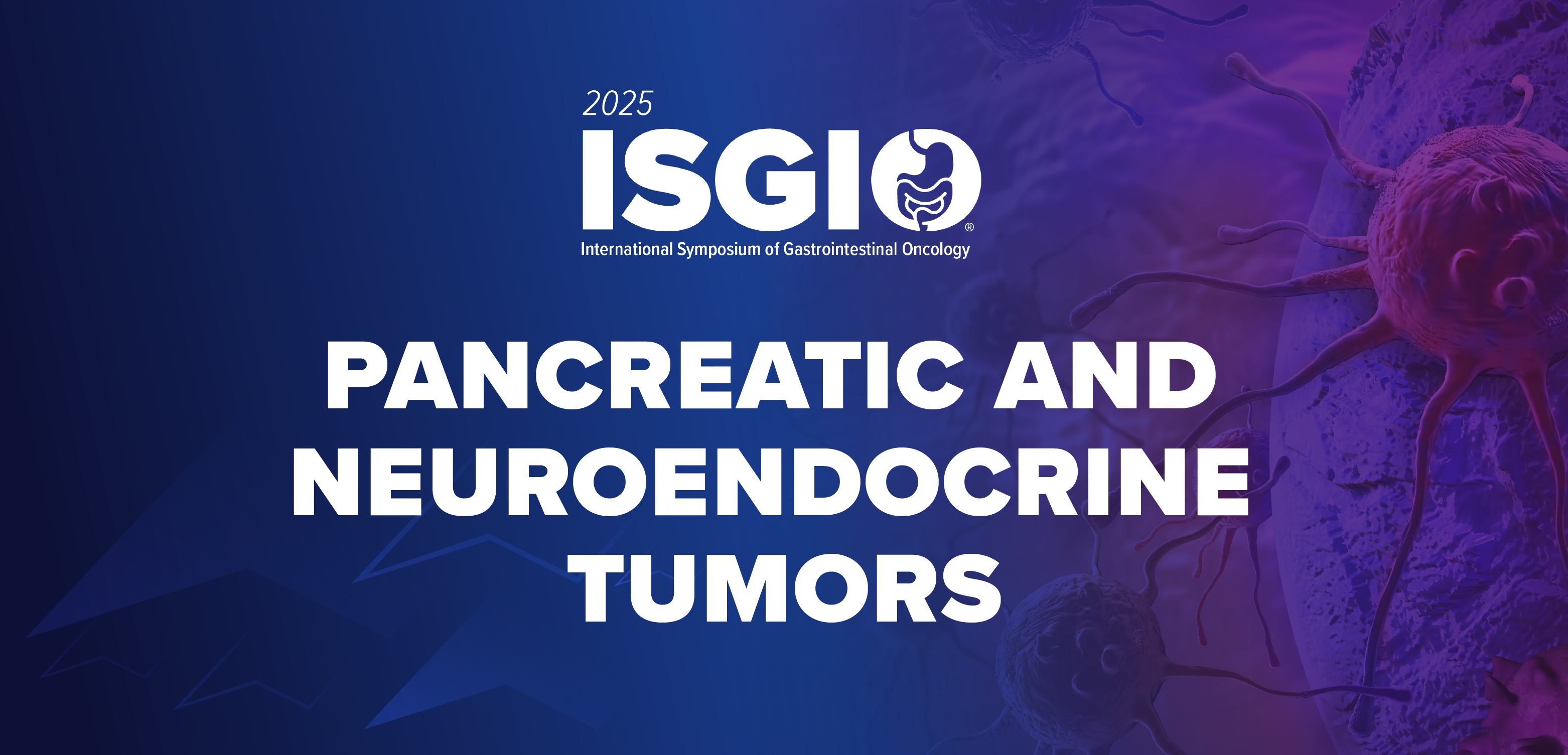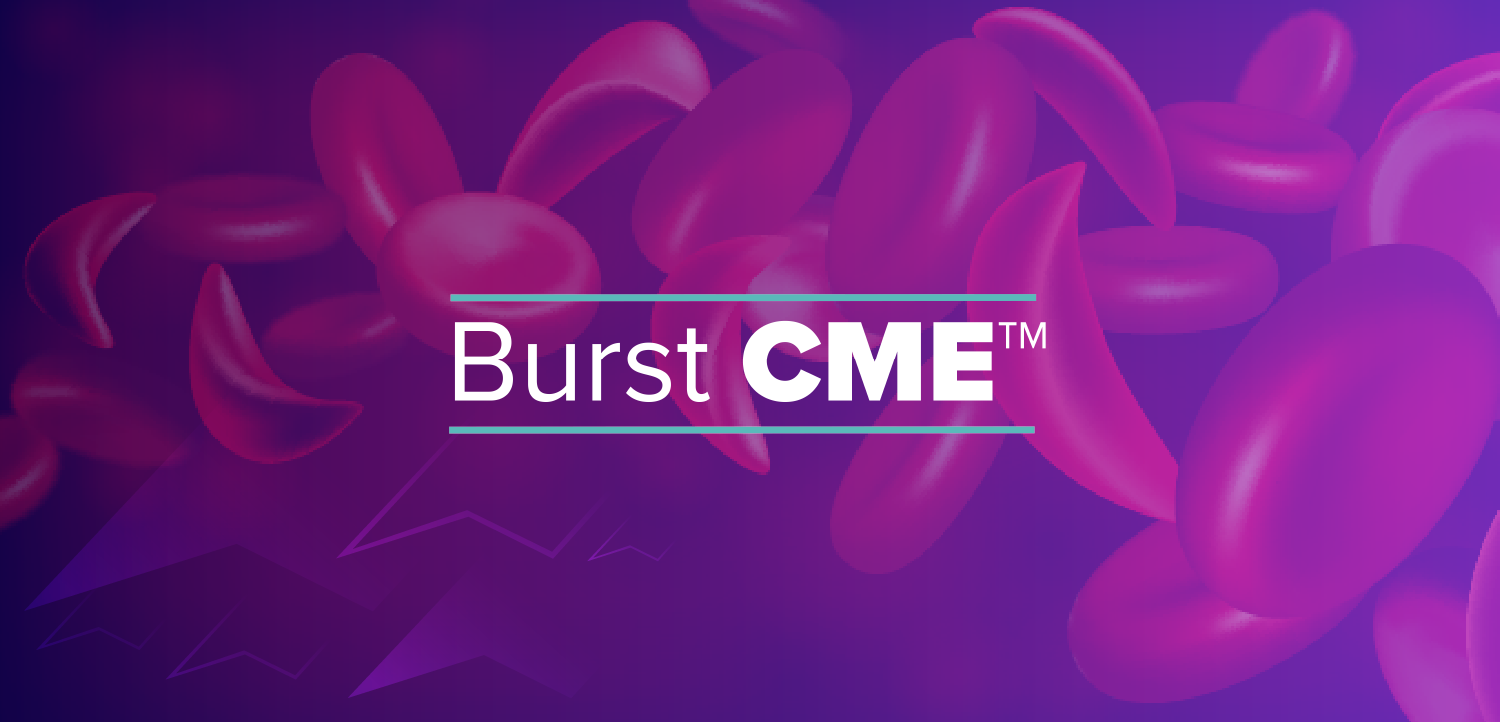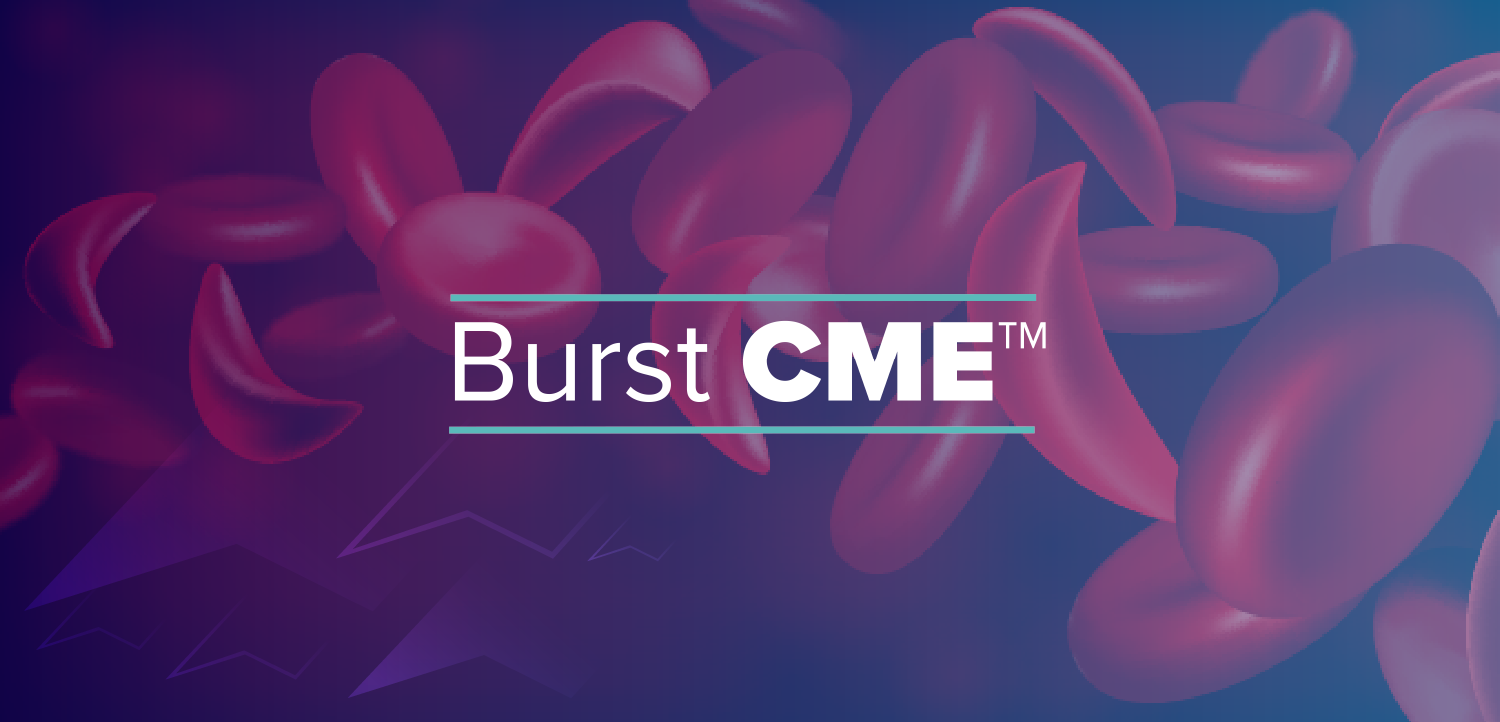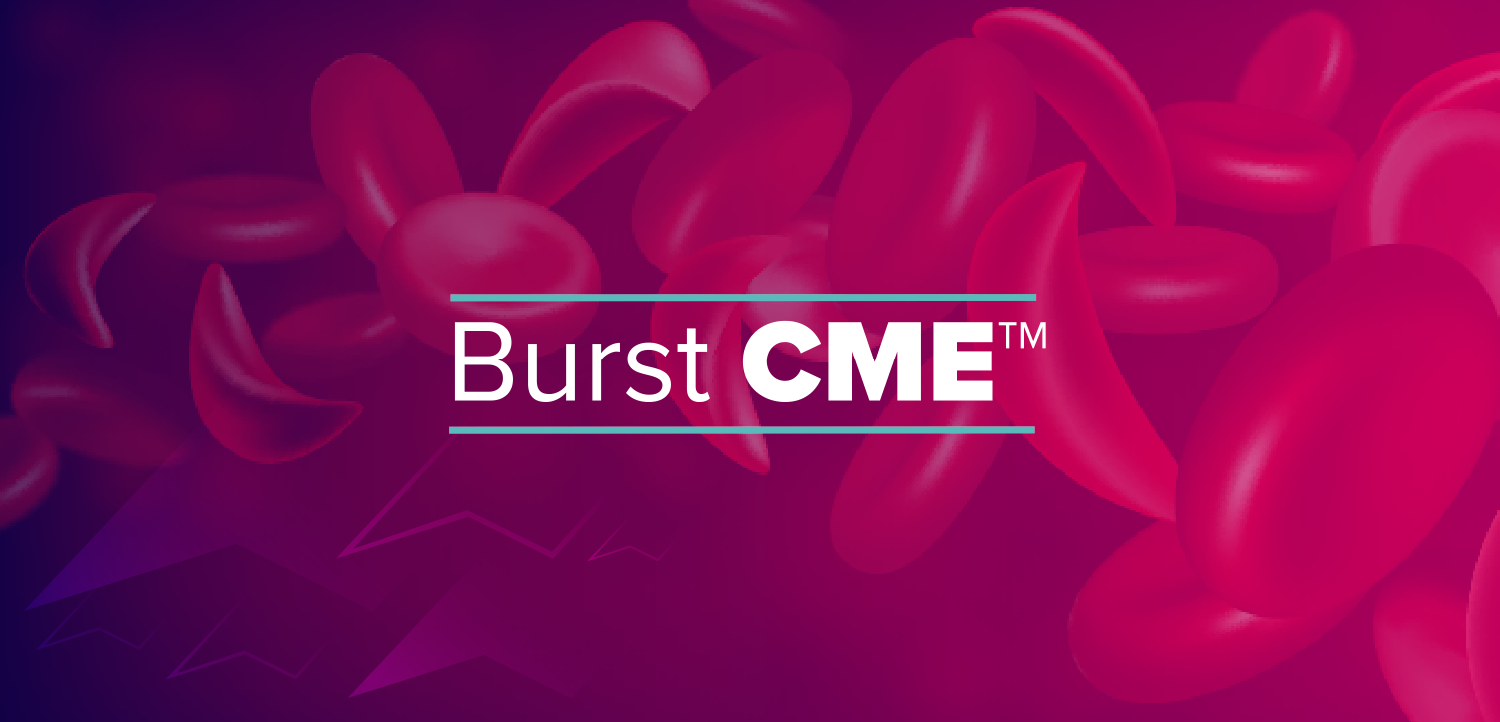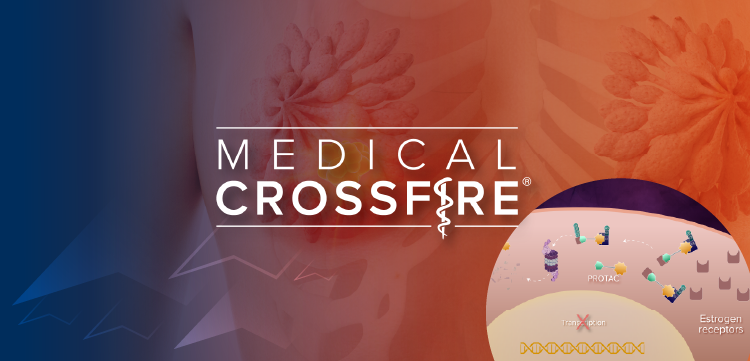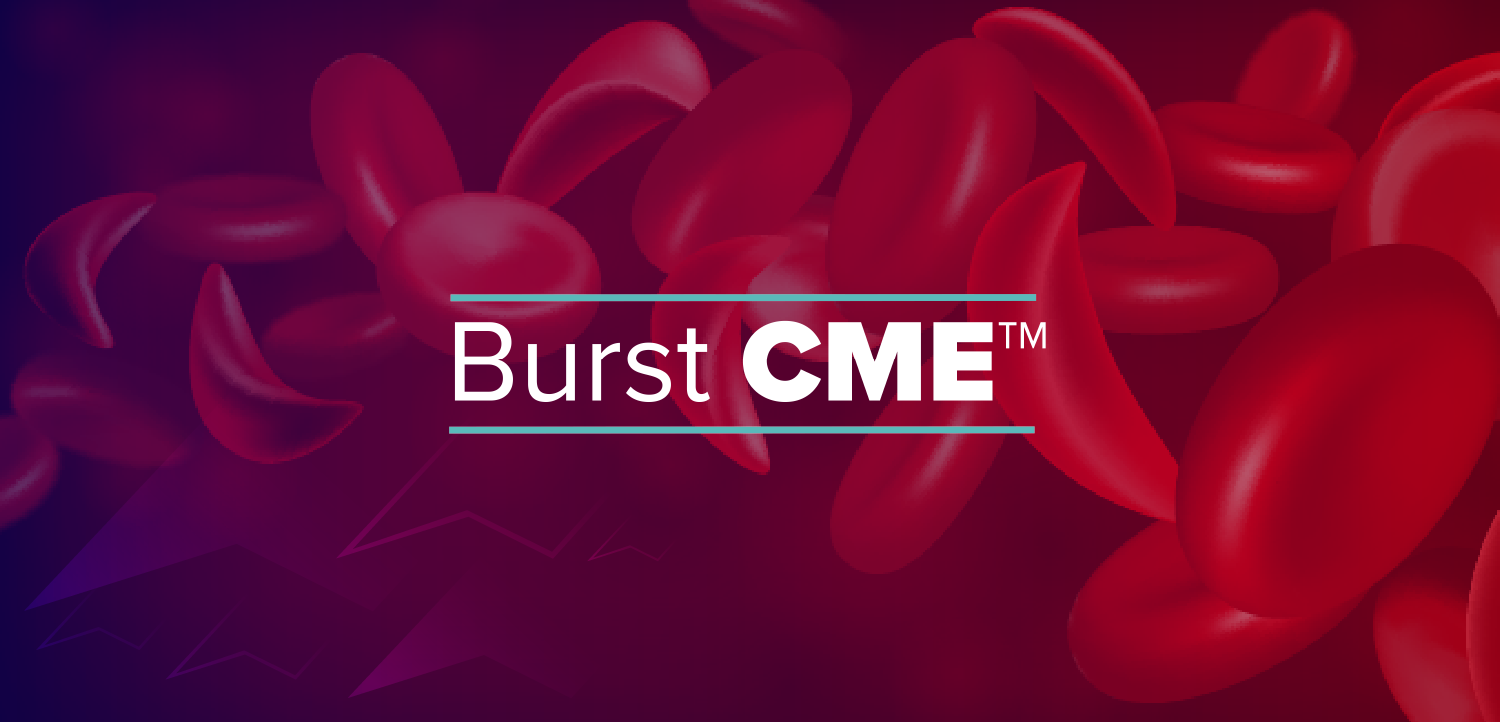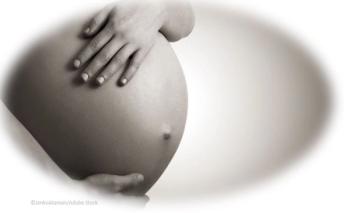
News|Slideshows|August 3, 2018
Organ Transplant in the Direct-acting Antiviral Era
Author(s)Andrew D. Bowser
Can DAA therapy remove patients from transplant waiting lists? Are HCV-infected livers--and hearts--safe for uninfected organ recipients? Three new studies explain.
Advertisement
Newsletter
Enhance your clinical practice with the Patient Care newsletter, offering the latest evidence-based guidelines, diagnostic insights, and treatment strategies for primary care physicians.
Advertisement
Advertisement
Advertisement
Trending on Patient Care Online
1
Survey Finds Most PCPs Do Not Use uACR to Assess Cardiovascular Risk in Type 2 Diabetes
2
Finger-Prick Test Shows Promise for Alzheimer Disease Biomarker Screening
3
Digital Screening Tool Duo Shows Promise for ADRD Detection in Primary Care: Daily Dose
4
COVID-19 Vaccination Linked to Lower Risk of Severe Outcomes in Pregnancy Across Delta and Omicron Periods
5















































































































